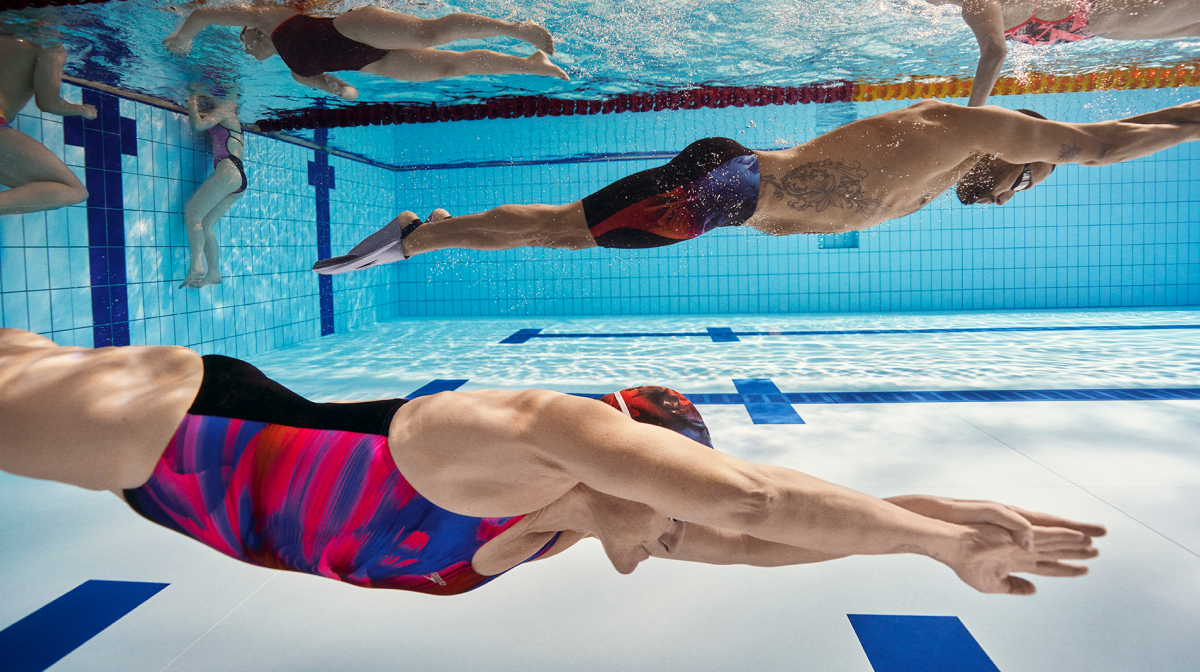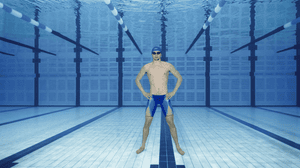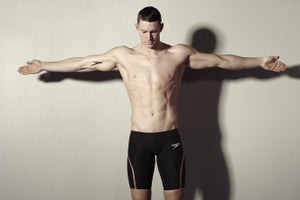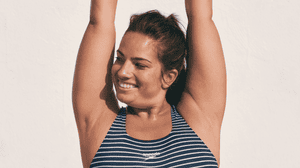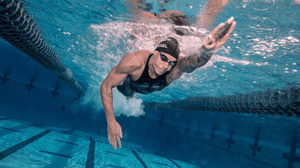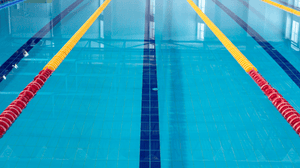
Having a range of ‘go-to’ breathing strategies becomes a huge asset during those challenging workouts when you need to sustain pace for another interval. An effective breathing technique will not only make you feel more comfortable, but it could also help you shave seconds off your time in a race.
Practice these breathing techniques to move your training up a level, and feel more confident in the water. Here are three key areas to focus on to help you develop awareness of your breathing technique. The practice exercises are designed to be incorporated into a warm-up or specific breathing drill set.
Key Area 1: Exhalation
When you place greater emphasis on breathing out, the natural human reflex to breathe in automatically takes over. Instead of breathing on a set pattern such as every 2, 3 or 4 strokes, breathe where it feels comfortable to you. Many swimmers find it helpful to turn their breathing focus upside down, consciously focussing on exhalation instead of inhalation.
Exhalation drill: The sink downThis drill will help you determine if you’re exhaling effectively. Find a place in the pool where you’re able to sink down to the bottom safely, with the ability to regain a standing position. Hug your knees to your chest so you bob like cork on the surface. If you’re uncomfortable in this position, release your knees from your arms and float with legs crossed (but make sure you have room to sink down). Take a normal breath, submerge your face and then continuously ‘sigh’ to exhale as much air as possible while sinking deeper underwater.
If you continuously sink to the bottom of the pool with each exhalation, this indicates that you are breathing out effectively. If you hover beneath the surface and find this exercise challenging, practice exhaling deeply and relaxing to allow yourself to sink. Continue exhaling until you are sitting on the floor of the pool.
Key Area 2: Head Positioning
A “bow wave” is the slight wave your head creates as you swim on the surface of the water. This wave curves down along your head and gives you a quick place to turn and breathe without inhaling water. Create this wave by looking slightly forwards, approximately one metre ahead of you as opposed to straight down. Your bow wave should create a small channel beside your face which allows you to turn slightly to breathe in. Practice your bow wave as you swim by maintaining a still head position as you exhale. By not lifting up your head to breathe (and simply turning 45 degrees as your body rotates) your stroke won’t be disrupted.
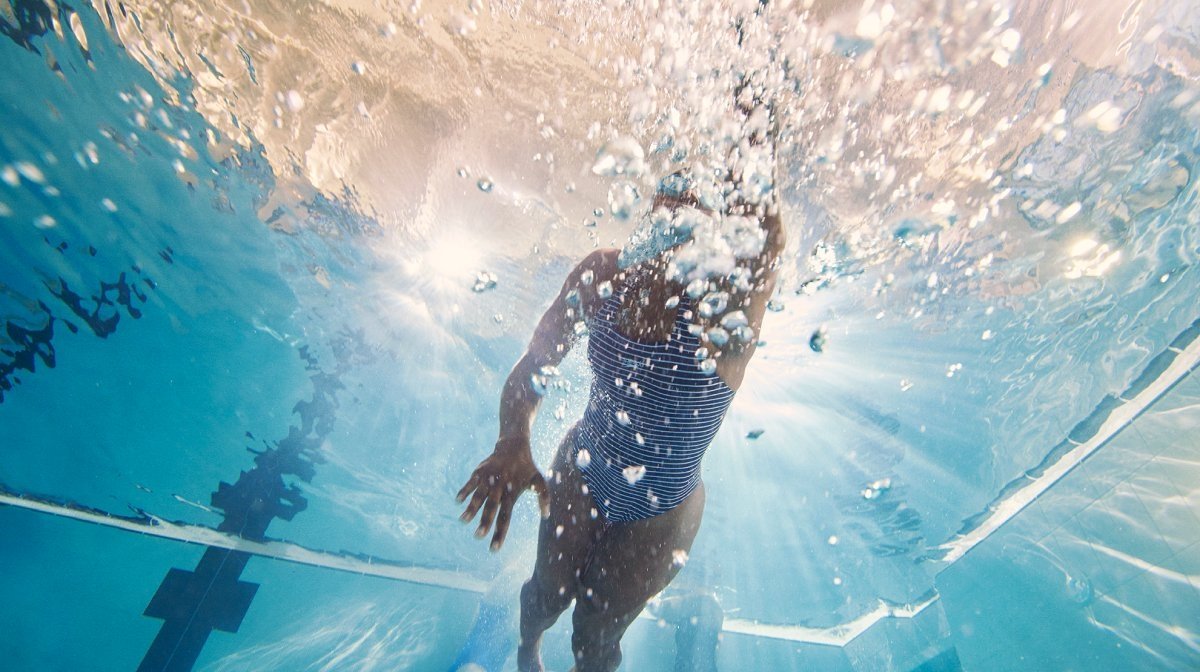
Build Your Endurance: How To Swim Further, Faster
Former World Champion swimmer and gold medallist, Karen Pickering MBE, shares her endurance tips.
As you swim your warm up at an easy pace, identify what type of view you have when you turn your head to breathe in. Aim to keep one goggle lens under the water and one out, so you see the water surface as a split screen. Also check you’re only breathing in when you turn, as you finish exhaling beneath the water. Complete two lengths with a focus on observing the left side and two lengths on the right, fine-tuning for two more lengths.
Key Area 3: Timing
Practice breathing in different patterns depending on your effort. If you’re sprinting 25m or 50m, you may exhale for the first 10m, and then return to a regular breathing pattern every 2 or 3 strokes in the latter stages when you need more effort to finish. A distance swimmer may settle into a pattern of breathing every 5, 4 or 3 strokes to ensure they’re clearing out as much waste air as possible. If you watch elite swimmers in competitions, you’ll see their rhythm and timing is paramount. You often have to study them closely to notice the ‘in’ breath as they breathe into the bow wave. Ideally breathing shouldn’t disrupt your natural rhythm, and pushing out the majority of stale air from the lungs really helps to sustain pace over distance.
Timing drill: Breathing versatilitySwim 3 to 4 lengths, breathing every 2 to 4 strokes. This means you’ll always be breathing on the same side. Then switch to breathing on alternating sides by breathing every 3 or 5 strokes for a couple lengths. Finally, combine the two patterns as a 3/2/3/2 pattern for sprinting. Make connections between how fast you swim, effort level and timing of your breathing with your arm cycle. It’s a smart technique to learn – by developing your ability to breathe on each side, you’ll always know where your competitors are!
Choose a couple of these drills to add to your regular swim workouts and you should be breathing easy in no time.
Disclaimer: Always consult with a professional healthcare provider before starting any diet or exercise programme, if you are pregnant or if you are potentially suffering from a medical condition.

